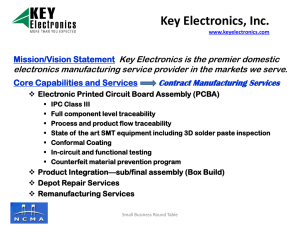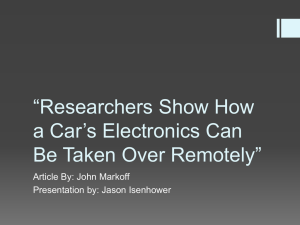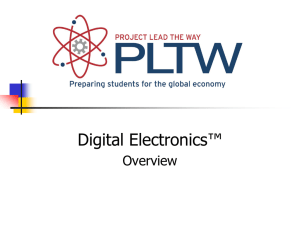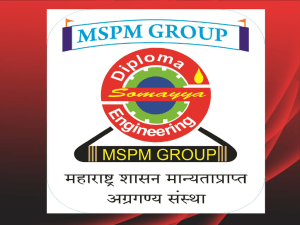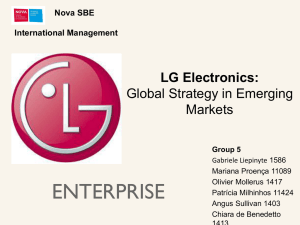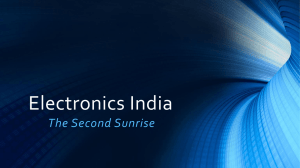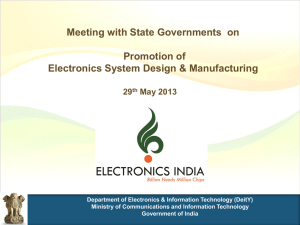FRIENDS - Home Pages of People@DU
advertisement
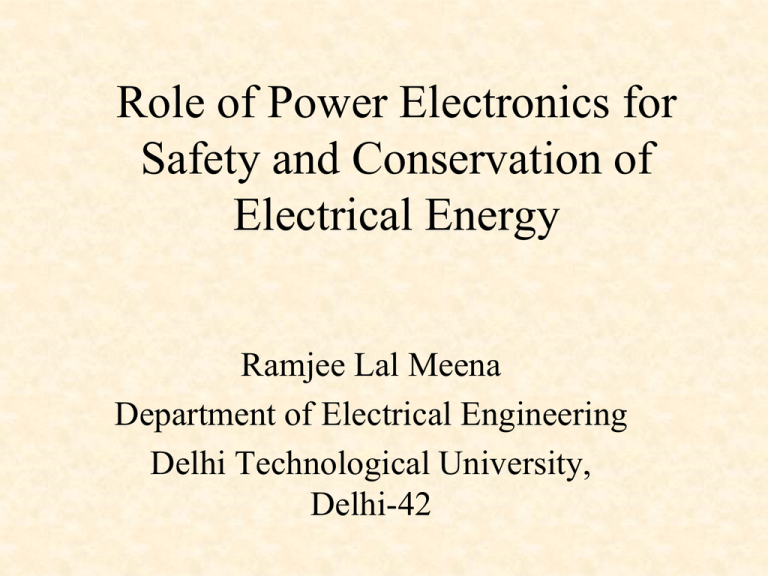
Role of Power Electronics for Safety and Conservation of Electrical Energy Ramjee Lal Meena Department of Electrical Engineering Delhi Technological University, Delhi-42 ORGANISATION OF THE PRESENTATION • • • • • • Introduction to Power Electronics Power Semiconductor Device (PDS) Power Converter Power Processor Advantage of Power Electronics Applications of Power Electronics for Electrical Energy Contd. 2 Contd. • Emphasis of applications of Power Electronics in the area of Safety, Conservation, Power Quality and Renewable Sources • Practical possible use of PE at home • Trends of Power Electronics • NaMPET : GOI Mission 3 Power Electronics • Power Electronics is the electronics applied to conversion and control of electrical power. • Range of Power Scale Milliwatts(mW) Megawatts(MW) Gigawatts(GW) • The primary task of Power Electronics is to process and control flow of electrical energy by supplying voltages and currents in a form that is optimally suited for user loads 4 Power Semiconductor Devices • Power Diode – Uni-polar, – uncontrolled, – switching device – used in applications such as rectification and – circuit directional current control. 5 SCR: Silicon Controlled Rectifier 6 SCR: Silicon Controlled Rectifier •This semi-controlled device turns on when a gate pulse is present and the anode is positive compared to the cathode. • When a gate pulse is present, the device operates like a standard diode. •When the anode is negative compared to the cathode, the device turns off and blocks positive or negative voltages present. • The gate voltage does not allow the device to turn off 7 Gate Turn Off Thyristor •The GTO, unlike an SCR, can be turned on and off with a gate pulse. •One issue with the device is that turn off gate voltages are usually larger and require more current than turn on levels. •These devices, because of developments in IGCT technology are not very popular in the power electronics realm. •They are considered controlled, uni-polar and bi-polar voltage blocking 8 TRIAC •The TRIAC is a device that is essentially an integrated pair of SCR connected in inverse-parallel on the same chip.[ 9 Power Transistors •Power BJT •Power MOSFET •IGBT( Insulated Gate Bipolar Transistor ) 10 Power Converter 11 Power Processor 13 14 15 16 17 18 19 20 21 22 Advantages of PE • High Efficiency •High Reliability •Low Maintenance •Fast dynamic response ( ms, µs) •Small size •Low Cost (Mass Production) 23 24 THE ITIC CURVE 250 200 0 .5 C YC L E 150 100 50 +-- 1 0 % 0 RA TE D A CC E P TA B L E V O L TA G E POWER 8 .3 3 m s P E R C E N T C H A N G E IN B U S V O L T A G E O VERVO LT AG E CO NDI T I O NS - 50 UNDERVO LT AG E CO NDI T IO NS - 100 0.0001 0.001 0.01 0.1 1 10 100 1000 TIM E IN S E CO N DS 25 FRIENDS • The word FRIENDS stands for Flexible Reliable and Intelligent Electrical eNergy Delivery Systems • Problem of Safety, Conservation and poor power quality can be solved by power electronics based FRIENDS devices • Main FRIENDS devices • Static Current Limiter (SCL) • Static Circuit Breaker (SCB) • Static Transfer Switch (STS) 26 General concept of FRIENDS 27 FRIENDS Network 28 Quality Control Center 29 GTO-based SCL topology ZnO Arrester Iz Ii Let-Through Reactor Inductor Isw If Load Side Supply Side Back-to-back GTO Switch 30 GTO and VCB based SCB topology ZnO Arrester Iz Ib High-Speed VCB Isw If Load Side Supply Side Back-to-back GTO Switch 31 Thyristor based STS topology Preferred Source Iz1 Zf Alternative Source ZnO ipp Is1 FAULT Zf Tan Tpp ipn Iz2 ZnO iap Tpn Sw1 Ia Critical Load ian Tap Sw2 Is2 Thyristor based STS topology Preferred Source Iz1 Zf Alternative Source ZnO ipp Is1 FAULT Zf Tan Tpp ipn Iz2 ZnO iap Tpn Sw1 Ia Critical Load ian Tap Sw2 Is2 • NaMPET: National Mission on Power Electronics Technology NaMPET is a national mission programme launched in November 2004 by the Department of Information Technology(DIT) under Ministry of Communications & Information Technology, Government of India. • This five year programme is implemented through the Nodal Centre at the Centre for Development of Advanced Computing, Thiruvananthapuram. • Premier Academic Institutions in the country, Manufacturing Industries and User Industries of Power Electronics Systems participate in this programme. • A National Steering Committee comprising of eminent experts from different agencies and institutions in India guides the activities of NaMPET. 34 NaMPET: Vision • To provide the country with capability to become a dominant player in Power Electronics Technology at the international level. • This is a National level R&D Programme facilitating Research, Development, Deployment and Commercialization of Power Electronics Technology by enhancing the indigenous R&D expertise and infrastructure in the country with active participation from academic institutions and industries. 35 NaMPET: Focus Areas • Power Quality Improvement / Smart power for Digital Economy. •Electric traction / Electric & Hybrid Electric Vehicles / Automotive Electronics. •Distributed power generation / Renewable energy and Micro generator control. •Advanced Magnetics / Energy Storage Systems. •New topologies for Converter / Inverter applications. •New generation sensors for PE applications. •Modeling / Simulation packages. •Standard PE module with the state of the art developments Conclusions The main contributions of the Power Electronics and FRIENDS Devices for Safety, conservation and improving the power quality can be summarized as follows: • Protection both appliance and life against Fault and unhealthy conditions of Electrical Energy System • Mitigation of voltage sags and swells • Power supply of different reliability 37 Conclusions • • • • contd. Interface to dispersed generation systems Flexibility in Configuration of the System Load Leveling and Energy Conservation NaMPET: Vision 38 39

